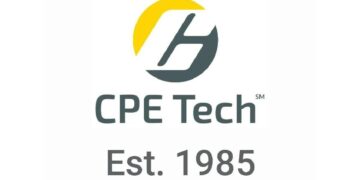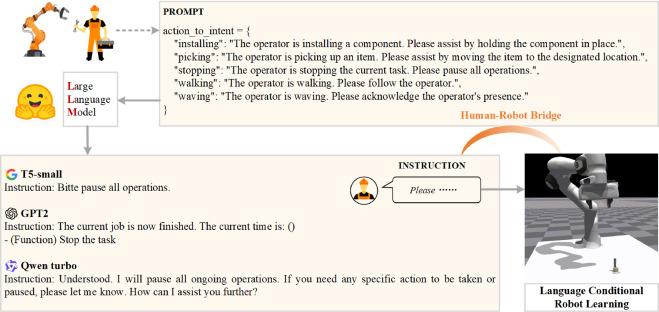A recent survey conducted by SK Life Science, Inc. has uncovered significant communication gaps between patients and healthcare providers that may adversely affect epilepsy care outcomes. The findings, released through a press statement on PR Newswire, highlight ongoing challenges in the dialogue surrounding epilepsy management, underscoring the need for improved patient-provider engagement to enhance treatment effectiveness and quality of life for those living with the condition.
Survey Identifies Key Communication Barriers Hindering Effective Epilepsy Care
Recent findings from a comprehensive survey conducted by SK Life Science, Inc. highlight critical obstacles in the dialogue between epilepsy patients and healthcare providers. The study reveals that misunderstandings about symptom reporting, medication side effects, and treatment expectations continue to impede optimal care management. Patients reported feeling hesitant to fully disclose seizure experiences, fearing judgment or dismissal, which in turn leads to incomplete clinical assessments and suboptimal treatment plans.
The survey also pinpointed several key factors contributing to these communication breakdowns, including:
- Time constraints during consultations limiting in-depth discussions.
- Lack of standardized tools for symptom tracking shared between patients and providers.
- Variability in patient health literacy affecting understanding of complex treatment regimens.
| Barrier | Percentage of Patients Reporting |
|---|---|
| Fear of stigma or judgment | 42% |
| Inadequate symptom documentation | 38% |
| Limited consultation time | 45% |
| Confusion about medication effects | 33% |
Healthcare experts argue that these communication gaps not only delay diagnosis and intervention but also contribute to inaccurate seizure control assessments and increased risk of preventable complications. The findings underscore an urgent need for innovative communication strategies and digital health tools to bridge understanding and foster collaborative epilepsy care.
Insights Reveal How Misunderstandings Between Patients and Providers Affect Treatment Outcomes
Recent findings highlight critical gaps in communication between epilepsy patients and their healthcare providers, revealing how these misunderstandings may contribute to suboptimal treatment outcomes. The survey data underscore that while patients often feel unheard or misunderstood during consultations, providers may overestimate how well information is conveyed. This disconnect can lead to unclear expectations regarding medication adherence, symptom monitoring, and side effect reporting, ultimately affecting patient quality of life and seizure management effectiveness.
Key challenges identified include:
- Inadequate dialogue about treatment goals-many patients report uncertainty about desired outcomes and how progress will be measured.
- Limited discussion of potential side effects, causing apprehension and non-adherence to prescribed regimens.
- Insufficient opportunities for patients to ask questions, leading to feelings of frustration and disengagement.
These findings suggest the urgent need for more patient-centered communication strategies. Healthcare professionals are encouraged to adopt clearer, more empathetic dialogue and utilize tools that promote shared decision-making, which could pave the way for improved epilepsy care outcomes.
| Communication Issue | Patient Impact | Provider Misperception |
|---|---|---|
| Unclear treatment goals | Confusion about expectations | Assume goals are understood |
| Side effect discussion lacking | Fear of medication risks | Believe side effects were covered |
| Limited question time | Patient frustration | Think patients have sufficient info |
Experts Recommend Enhanced Dialogue and Education Strategies to Bridge Communication Gaps
Leading experts emphasize the critical need for enhanced communication frameworks that address the profound gaps identified between epilepsy patients and healthcare providers. According to recent findings, fostering an environment that encourages open, empathetic dialogues can significantly improve patient understanding and adherence to treatment plans. Medical professionals advocate for integrating culturally sensitive discussion protocols and using plain language to dismantle barriers that often hinder effective exchange of information.
Proposed strategies for bridging these communication divides include:
- Implementing tailored educational tools, such as interactive digital resources and visual aids;
- Providing regular training for providers on patient-centered communication techniques;
- Encouraging shared decision-making models that empower patients;
- Conducting routine follow-ups to ensure clarity and address emerging concerns.
| Strategy | Expected Outcome |
|---|---|
| Interactive Digital Resources | Improved patient engagement |
| Provider Communication Training | Enhanced clarity & empathy |
| Shared Decision-Making | Greater treatment adherence |
| Routine Follow-Ups | Early detection of issues |
In Conclusion
As the new survey from SK Life Science, Inc. highlights, addressing the communication gaps between patients and healthcare providers is crucial to improving epilepsy care outcomes. By fostering open, transparent dialogues, the medical community can better understand patient experiences and needs, ultimately enhancing treatment effectiveness and quality of life for those living with epilepsy. Continued attention to these challenges will be essential as stakeholders work toward closing these gaps and advancing patient-centered care.































